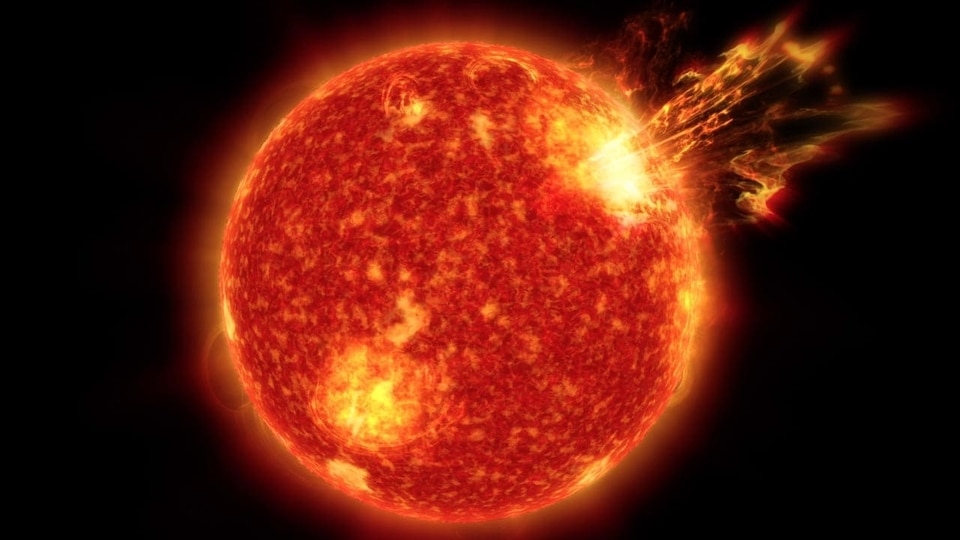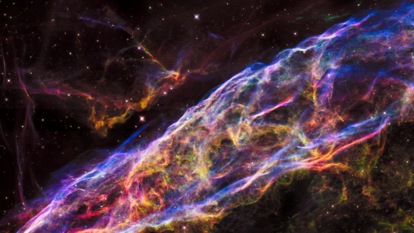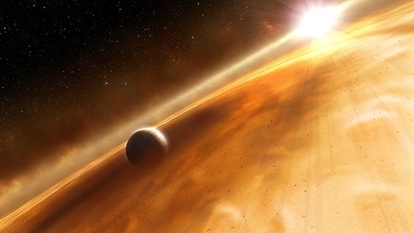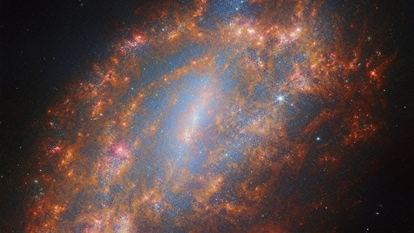Terrifying solar storm cracks open Earth’s magnetic field
A solar storm weakened the Earth’s magnetic field and opened up cracks in it today, allowing solar winds to seep inside the atmosphere.






 View all Images
View all ImagesAfter a brief period of quiet, the Earth has been bombarded with solar particles that have sparked a terrifying solar storm event. Interestingly, the solar storm was not triggered by a coronal mass ejection, which is usually responsible for such events. Instead, it was caused by the solar winds. Reports suggest that multiple solar winds smacked into the Earth's magnetosphere, causing it to weaken and cracks to open up in its structure, an occurrence known as a co-rotating interaction region. The crack allowed solar winds to spark the solar storm.
As per a report by SpaceWeather.com, “Earth's magnetic field remains unsettled on June 16th following yesterday's impact of a co-rotating interaction region (CIR). CIRs are transition zones between solar wind streams. Solar wind plasma piles up in these regions, producing shock-like structures that mimic CMEs. The impact on June 15th opened a crack in our planet's magnetic field and sparked a G2-class geomagnetic storm”.
Solar storm sparked by CIR
Co-rotating Interaction Regions (CIR) are caused when fast-moving solar winds from different directions strike the Earth, stretching apart its magnetic field and creating cracks on it. The magnetosphere eventually recovers, healing these cracks on its own.
However, with the Sun nearing the peak of its solar cycle, such cracks can have a devastating effect as they amplify the intensity of the solar storm. If it was a powerful CME cloud, it could have produced a severe solar storm. A severe solar storm can even interrupt mobile data, and internet reception and cause power grid failure.
NOAA's tech arsenal
One of the major entities that observe and predict such atmospheric disturbances is the National Oceanic and Atmospheric Administration. It has an arsenal of satellites floating around the Earth which observe our planet and outer space to analyze and understand what causes different weather phenomena. One such tech marvel is the NOAA-20 satellite. It is a polar-orbiting, non-geosynchronous, environmental satellite, part of the Joint Polar Satellite System.
It crosses the equator about 14 times daily, providing full global coverage twice a day. This gives meteorologists information on atmospheric temperature and moisture, clouds, sea-surface temperature, ocean color, sea ice cover, volcanic ash, fire detection, and more.
Catch all the Latest Tech News, Mobile News, Laptop News, Gaming news, Wearables News , How To News, also keep up with us on Whatsapp channel,Twitter, Facebook, Google News, and Instagram. For our latest videos, subscribe to our YouTube channel.



































